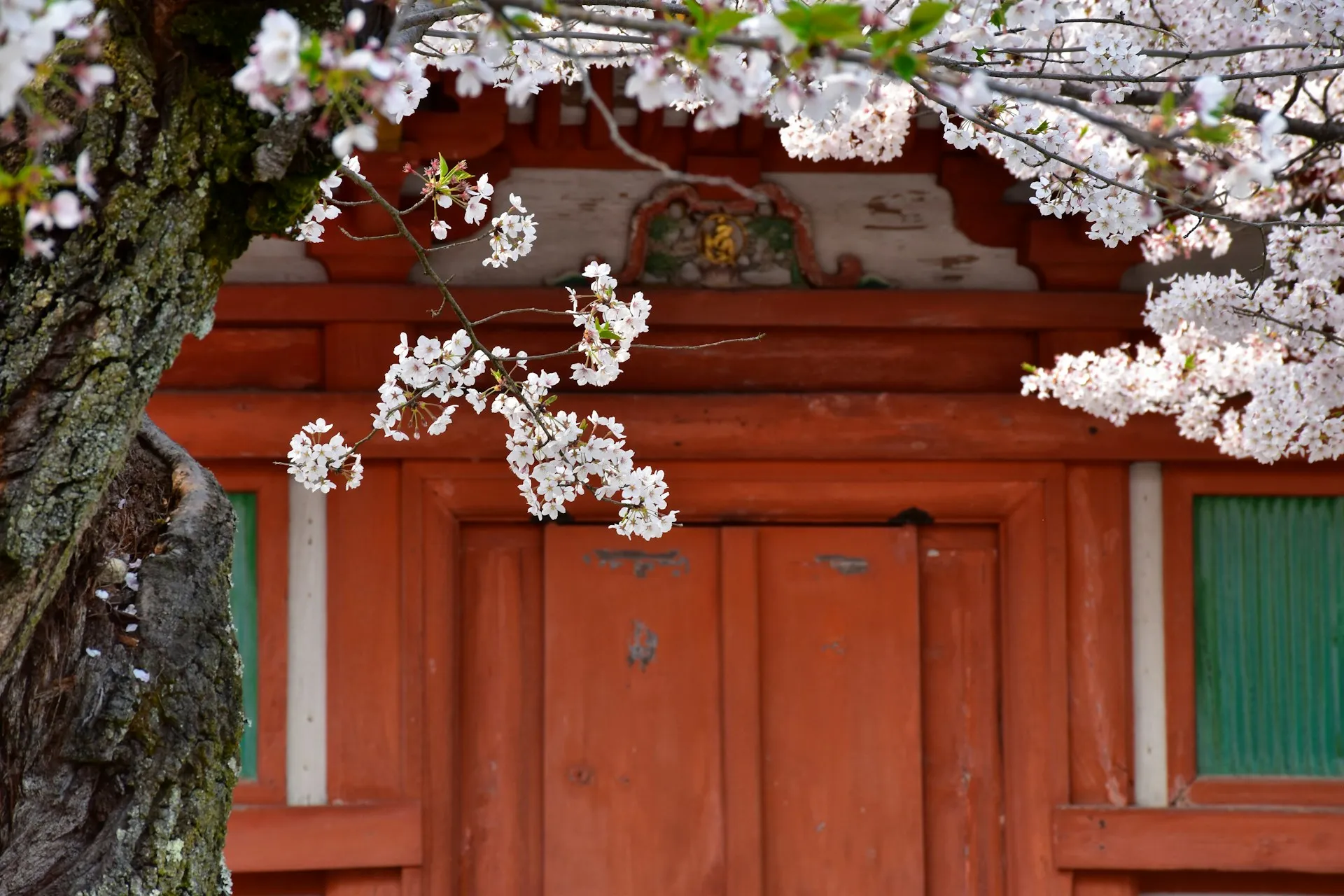Why do we fear death? From Buddhism’s perspective

Greetings, dear friend. I am Gutama Buddha, a teacher who walked this Earth roughly twenty-five centuries ago in ancient India. Today, my teachings guide hundreds of millions of people worldwide who identify as Buddhists. My greatest strengths lie in offering compassion, insight, and a path toward inner peace.
I invite you to join me on a gentle exploration of death and dying through the lens of my teachings. Along the way, please feel free to ask any questions by visiting the chat portion of this app. We will walk together, and you need never be alone.
Why do we fear death? It’s a question as old as human consciousness itself.
In Buddhism, fear of death arises not because death is inherently terrifying, but because we cling—ferociously, desperately—to the illusion of a permanent, unchanging self. This clinging, this grasping at life, is known as upādāna, and it’s one of the central causes of human suffering. Let’s imagine for a moment that our sense of self is a house we’ve spent our whole lives building. Each brick is made of our memories, our desires, our identities. The idea of death feels like the sudden, catastrophic demolition of that house. Where will we live then? What will remain?
But here’s the twist: Buddhism teaches that the house was never as solid as we believed. It’s more like a sandcastle on the edge of the tide, beautiful but impermanent, ever-changing, and ultimately destined to dissolve. The fear of death is, in essence, the fear of realizing that what we thought was solid ground was always shifting sand.
I am often called the great physician of the soul, but I did not merely diagnose the problem—I offered a path to liberation. At the heart of my teaching is the concept of anattā, or non-self. The self is not a fixed, singular entity but a dynamic interplay of five aggregates: form, sensation, perception, mental formations, and consciousness. Clinging to any of these as “me” or “mine” is like trying to catch a handful of water—the tighter you grip, the more it slips away.
Western societies often shy away from confronting death. It’s hidden in sterile hospital rooms or sanitized ceremonies, treated as an uncomfortable disruption rather than an integral part of life. In contrast, Bhutan, a predominantly Buddhist country, encourages its people to think about death five times a day as a means to cultivate happiness. This practice doesn’t dwell morbidly on mortality but serves as a reminder of life’s preciousness and brevity. Reflecting on death regularly can reduce fear and increase gratitude, shifting focus to what truly matters.

Is there someone in your life whose passing has deeply shaped how you view death?
Coming Soon in the MVP!
Interact with your mentors directly during your lessons and exercises.
Buddhist practices encourage us to reflect on death regularly, not as a grim fixation but as a way of deepening our appreciation for life. The Tibetan practice of lojong, or mind training, includes contemplating phrases like, “Death is certain; the time of death is uncertain.” Far from being grim, such reflections can be liberating. They remind us that life’s transience is what gives it urgency and beauty. The cherry blossom is cherished precisely because it blooms for such a brief moment.
Reincarnation, a central tenet in many Buddhist traditions, offers another lens through which to view death. Life and death are seen as part of an ongoing cycle, known as samsāra, where the actions of one life (karma) influence the conditions of the next. While this cycle continues until one achieves enlightenment, the perspective of reincarnation can reduce the finality of death, presenting it instead as a transformation—a continuation rather than an end.
As American Buddhist teacher Jack Kornfield said, “The fear of death is the fear of not having lived in the first place.” This perspective invites us to see death as a teacher—a prompt to live fully, authentically, and without regret.
What’s one thing you would regret not doing if your life ended tomorrow?
Coming Soon in the MVP!
Interact with your mentors directly during your lessons and exercises.
When we see through the illusion of a separate, isolated self, we realize our interconnectedness with all beings. Death is not just an individual event but part of the great cosmic dance of arising and passing away. This realization doesn’t erase the pain of loss but transforms it. We mourn not because we have lost something that was “ours” but because we’ve experienced a deep connection that transcends individual boundaries.
Reflecting on death doesn’t diminish life’s joy but enriches it. Contemplating our impermanence can guide us toward what truly matters: compassion, mindfulness, and a deep appreciation for the present moment. Death, then, is not the end of the story but a chapter in a much greater narrative—one of endless change, boundless connection, and infinite possibility.
Further exploration
- For a Western perspective on reincarnation, Many Lives, Many Masters by Dr. Brian Weiss offers a fascinating look at past-life therapy and the continuity of the soul. These resources can deepen one’s understanding of death from diverse perspectives